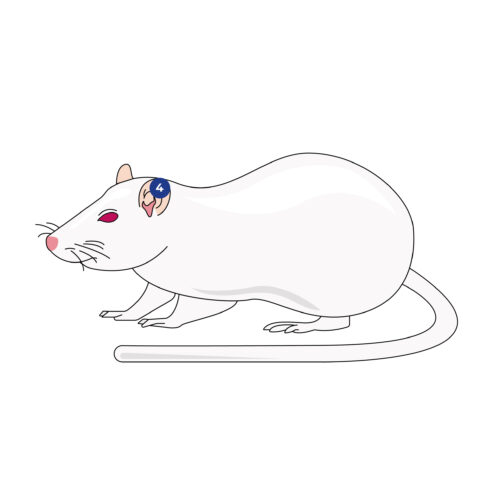Animal Models
Although rodents are among the most popular animals used in animal research, they are not the only kind. Other species are also used for the sake of advancing science.
In general, a variety of animal models are used in neuroscience and behavioral research. Why? Because animal models create a physiological representation of the disease or condition that researchers are trying to gather more information on. With animal models, researchers can: better understand the underlying molecular mechanisms, alter disease symptoms through interventions, and establish how pharmaceuticals fit into the equation.
In this section, we cover how different types of animals, from sheep to pigs to zebrafish, are used in behavioral research.
For related content, browse through these Maze Engineers resources:
- Neurological Disease Models: A collection of rodent models that are specifically used to model neurological diseases. Featured topics range from seizures to PTSD to depression.
- Non-Neurological Disease Models: See how non-neurological diseases (which occur outside of the nervous system) are able to affect behavior. Here, we highlight how non-neurological disease models, like sepsis or renal failure, are used in neuroscience behavioral research.
- Nutrition and Drugs: Browse through our growing catalog of nutrition and drugs where we explore the relationship between them and behavior. In many cases, animal models are also mentioned.









